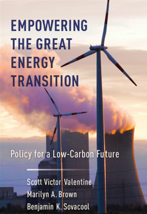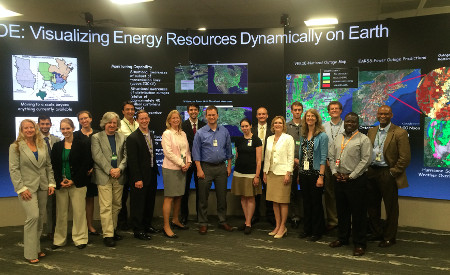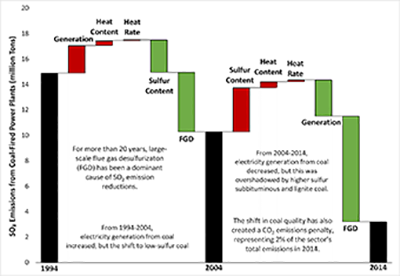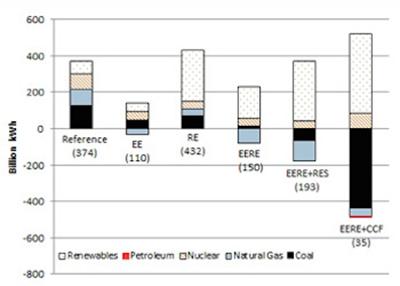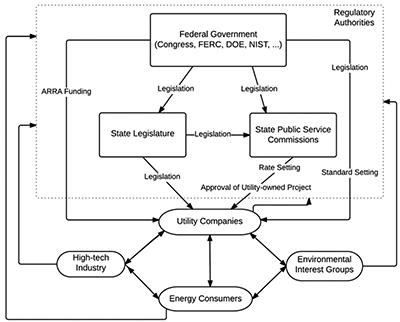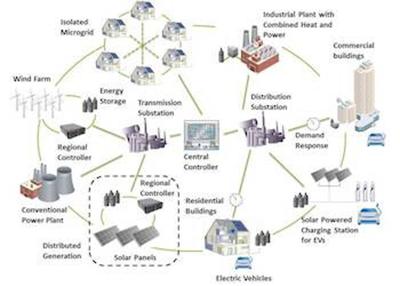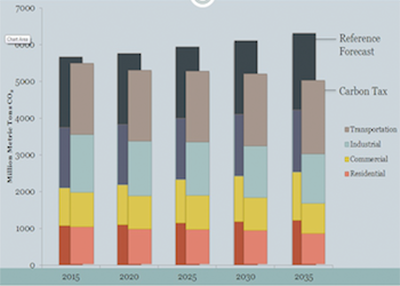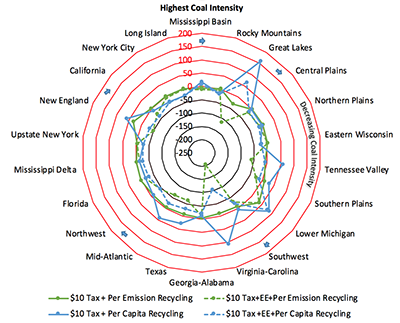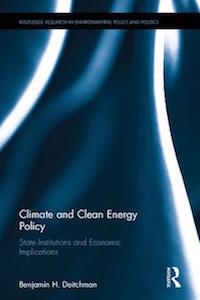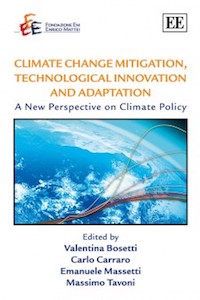School of Public Policy named after Jimmy and Rosalynn Carter
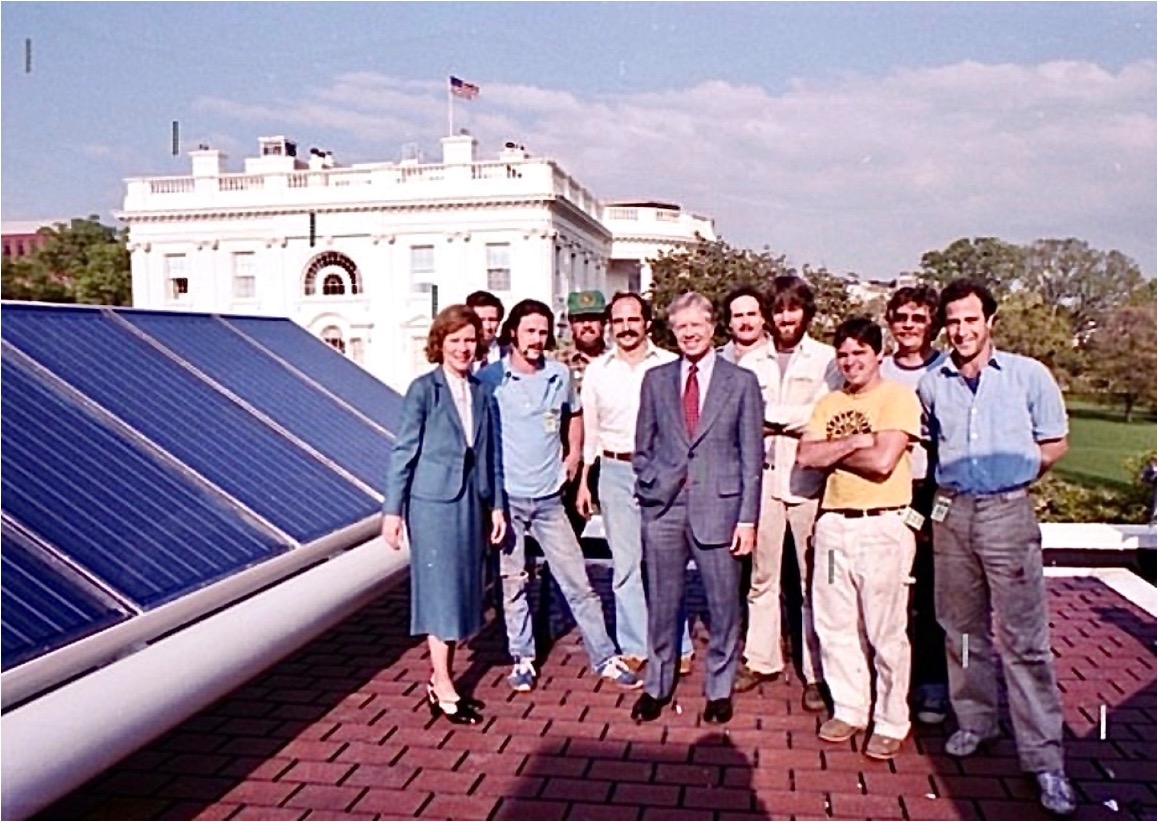
Jimmy and Rosalynn Carter School of Public Policy
In a powerful tribute to two of the most influential public servants of our time, Georgia Tech has renamed its School of Public Policy to the Jimmy and Rosalynn Carter School of Public Policy. This renaming not only honors President and Mrs. Carter’s lifelong dedication to human rights, democracy and clean and affordable energy but also reflects the school’s commitment to evidence-based policymaking grounded in ethical leadership.
Among President Carter’s most enduring contributions is his visionary energy policy. In response to the oil shocks of the 1970s, Carter championed energy efficiency and conservation with both policy and symbolism—donning sweaters to reduce heating needs and famously installing solar panels on the White House roof and at his Georgia Farm.
His administration established the U.S. Department of Energy in 1977, a move that consolidated fragmented federal programs to better coordinate national energy policy. Under his leadership, energy policy became a platform for innovation, with R&D programs that continue to shape clean energy technologies today. The creation of the Energy Information Administration and early support for renewable energy and deregulated natural gas markets showed Carter’s foresight in balancing environmental and economic sustainability.
As Prof Brown puts it: “Jimmy Carter deserves great credit as a particularly significant figure in our nation’s evolution to a green economy. I was honored to have spent a weekend with him touring his farm, exchanging books, discussing the future of energy, and with Rosalynn Carter discussing wildflowers and the dwindling population of butterflies.”
The Climate and Energy Policy Laboratory (CEPL) supports the educational and research missions of Georgia Tech's School of Public Policy. CEPL launced and remains affiliated with the Master of Sustainable Energy and Environmental Management (MSEEM) degree and its associated Certificate program. In addition, CEPL conducts research on:
- local, national, and global energy transitions,
- carbon drawdown opportunities in Georgia and beyond
- smart grids, cities and the intersection of data sciences, behavioral research, and public policy,
- clean energy financing and market-based policies,
- distributed energy resources such as energy efficiency, electric vehicles, and rooftop solar, and
- And energy equity has been a unifying concept.
Graduates are positioned for leadership careers that address sustainable energy challenges in various areas of professional life, including government agencies, universities, non-governmental organizations, business, and industry. Our policy and modeling interests span the triad of mitigation, adaptation, and geo-engineering, while also including issues of equity, employment, and other impacts of technologies and policies.
Multidisciplinarity, quantitative rigor, and strong conceptual frameworks underpin CEPL’s approach to policy analysis. Econometric models are employed to evaluate the impacts of existing programs. We use a unique ensemble of modeling tools including the National Energy Modeling System (NEMS), Input-Output approaches, Monte Carlo methods to characterize uncertainties, and GT-DSM and GT-Solar cost-benefit calculators. Together, these models are used to forecast the speed and market penetration of new and improved energy technologies and the ability of alternative policies to accelerate the adoption of clean energy technologies and practices. An interest in institutional and consumer behavior underpins the CEPL research agenda.
Recent Activities
- Drawdown Georgia: Project and Workshops
- Georgia Climate Conference: 2019, 2021, 2023, 2025
- Grid Integrated Vehicles
- Sustainable Development and Climate Change: A Multidisciplinary Program in Italy
- Reset: A Forum and Celebration of Energy Transitions
- 100% Renewables in the South
- Massetti at the Global Change Program
Recent Books
Blurb / Gallery Set
